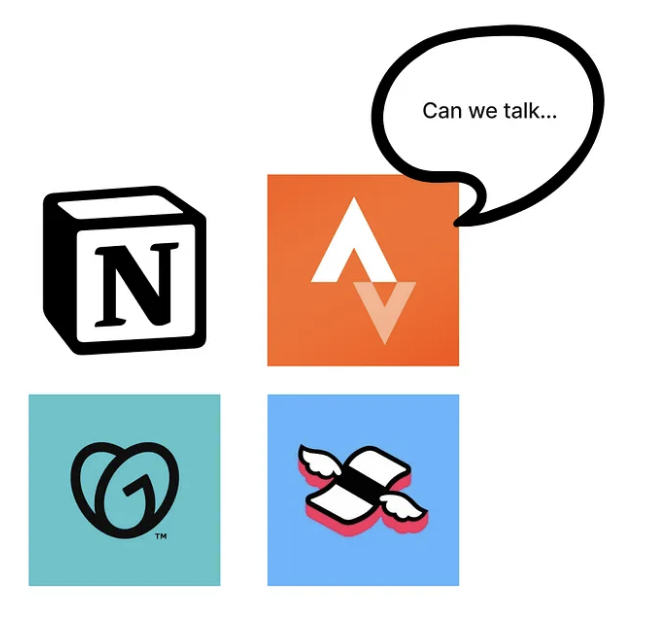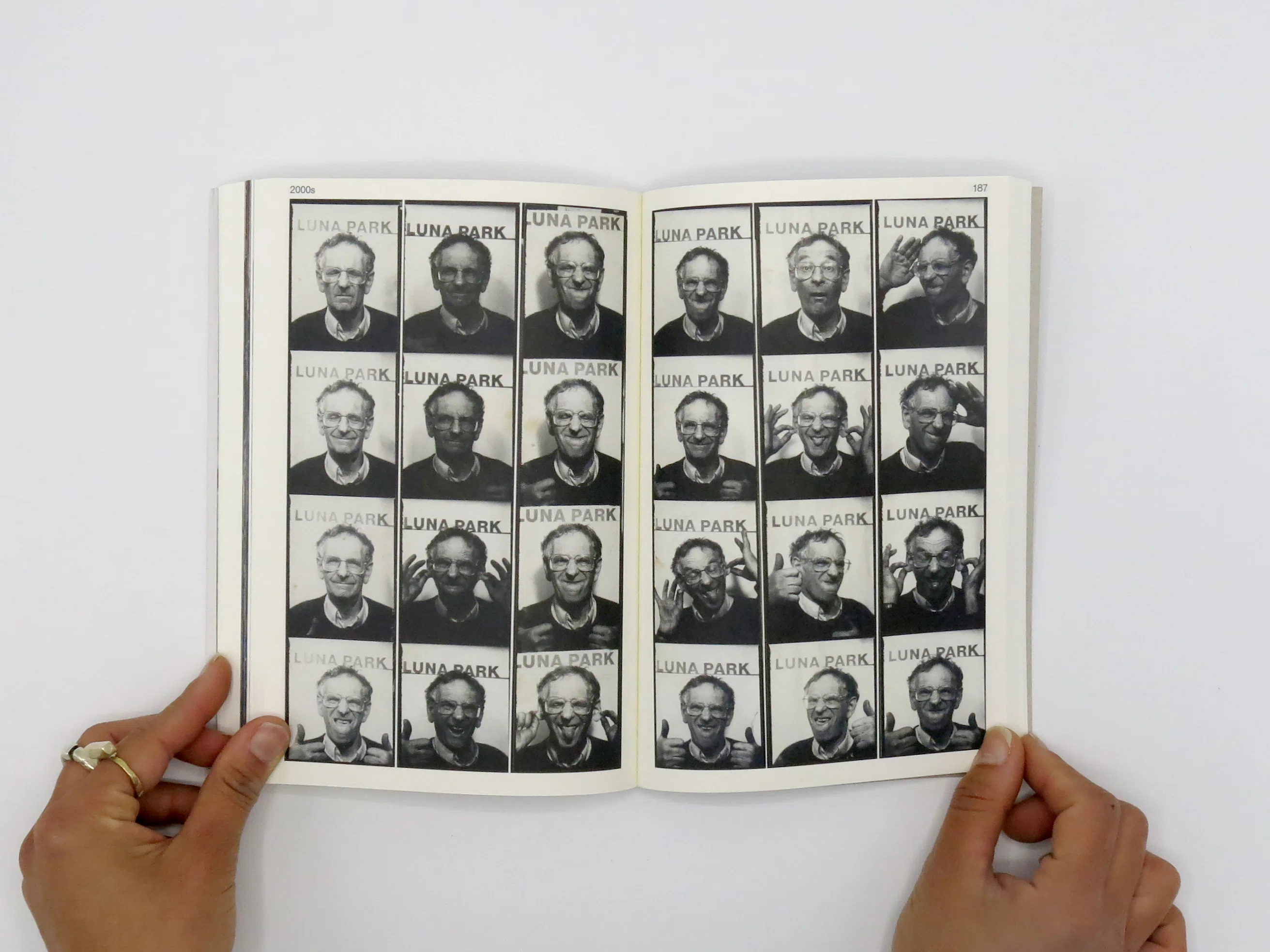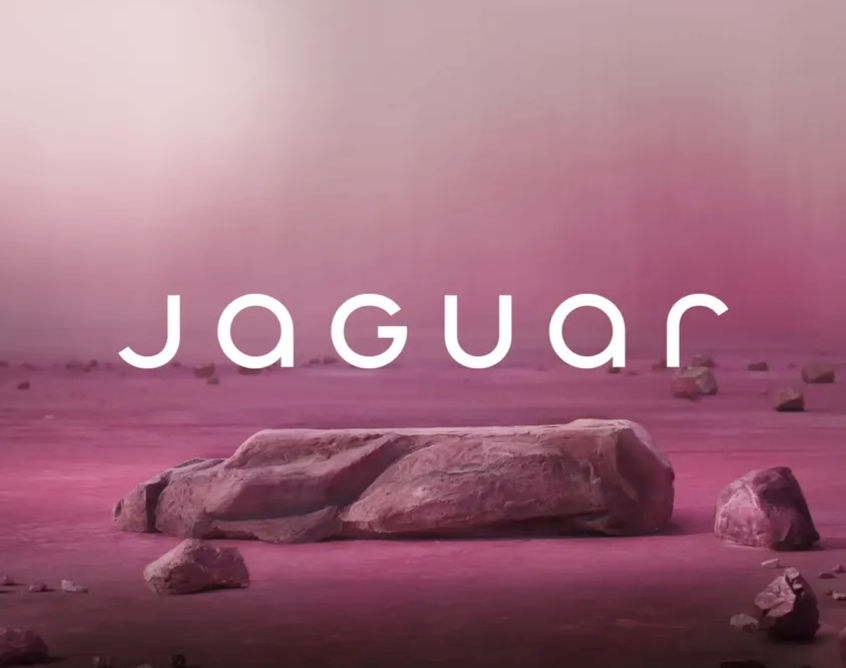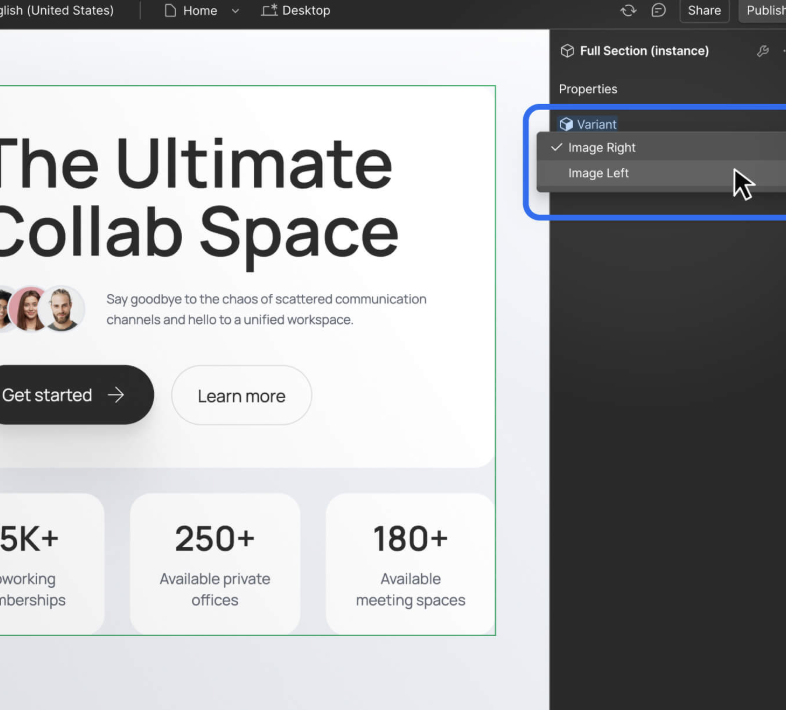- Today in Design
- Posts
- Perplexity wants to spend your money
Perplexity wants to spend your money
Ridd teaches taste, eBay found a new style, and more...

Issue #003
Hone your taste, then master the tools.
We are living in the greatest age for design. Inspiration is everywhere, the tools are incredibly powerful, and access to learning has never been easier. Whether you're a seasoned designer or just starting out, there’s an abundance of resources available to bring your ideas to life. The creative landscape is thriving, and anyone with an idea has the opportunity to make it a reality.
Despite this surge in tools and education, it’s important to remember that true creativity cannot be mass-produced. The tools can help you execute a vision, but the vision itself—your creativity, your perspective, your taste—is what makes a piece of work stand out. It’s easy to get caught up in the newest technology or trend, but at the end of the day, it’s about how you use these resources to say something unique.
This is where the real opportunity lies. Instead of being intimidated by the pace of change, embrace it. New tools and trends can be a bit overwhelming, but they’re also exciting opportunities to push your creativity even further. It’s less about keeping up with everything and more about knowing what resonates with you and adding your own spin. Adapting doesn’t mean following blindly—it means seeing what’s possible and using that to enhance your own work.
The best designers today aren’t necessarily the ones who know every single tool or trend—they’re the ones who know what inspires them, who know how to adapt, and who aren’t afraid to try something different. It’s about taking what’s out there, filtering it through your own taste, and creating something that truly feels like you. The tools are there to serve your vision, not the other way around.
So, don’t be afraid of change. Let the abundance of inspiration fuel you, use the powerful tools available to you, and keep learning. But most importantly, stay true to your own sense of creativity. That’s what will make your work stand out in a world full of noise.
Perplexity wants to take you shopping. |
From a design perspective, this has some serious implications, especially in e-commerce. If AI is becoming the arbiter of what we buy by summarizing options for us, are we losing something crucial? The magic of shopping is often in the discovery—finding those unexpected items that don't quite fit into the mold but somehow work. I worry that if AI narrows our choices down to what aligns perfectly with the data it has on us, we could miss out on those joyful moments of creative serendipity. The algorithm is optimized for efficiency, not for the delightful unpredictability that makes design truly engaging.
This brings me to a bigger question: what happens to the creativity of our choices when they're distilled by AI? There's something inherently personal about how we build our aesthetic, and a lot of that comes from straying outside the lines, from picking the odd piece that sparks joy simply because it doesn't make perfect sense. If AI takes the lead in curating our purchases, do we risk losing the messiness and uniqueness that make our environments and styles distinct? I think there's an important conversation to be had about preserving creativity in the age of AI-driven shopping—about how we can use these tools without letting them flatten the richness of our personal taste.
Explore Evo: eBay’s new Design System

Ridd teaches us how to develop taste and how new designers can get ahead.
Find him here: Dive Club. @ridd_design
Ridd (aka Michael Riddering) is working his ass off to leave a mark in the history books of design. He’s teaching the next generation how to get fancy in Figma through Figma Academy, extracting insights from the depths with Dive Club, and somehow finding time to ship client work, too.
Lately you’re the go-to guy for what’s happening in design. What inspired the transition from full-time designer to design educator, to designer/creator? |
As soon as I graduated college I told my dad I wanted to make a career out of flipping the whole system upside down. So education has always been at the core of what I wanted to work on and it’s been a pretty intentional sequencing since then.
I started helping out MDS through Shift Nudge which I then used to spark Figma Academy which I then used to land a role as the founding designer at Maven which I then used to launch Dive as a school.
Sometimes the label “creator” feels weird to me but I don’t have a better one. In my head I’m someone who enjoys both learning and teaching and I’ve simply figured out a way to make a career out of it.
Some say those that can’t do, teach. But you recently shared a client project you shipped and it’s clear you don’t belong to that trope. Do you feel that helping educate so many designers has directly influenced your own skills? |
100%. You don’t really understand something until you figure out how to explain it simply. Teaching forces you to break down your decisions and really ask yourself “why”. And often that process deepens my own understanding and I’m able to bring that knowledge or way of working into my daily practice as a designer. I see teaching and doing as an interconnected flywheel that helps me grow more quickly.
You’ve had much more exposure to young designers than most. What advice would you give to someone trying to level up as a craftsman and a professional? |
It doesn’t matter how well you understand “UX” or how good your ideas are if you don’t have visual fundamentals. This is especially true for people looking for work. Nobody is going to give your portfolio the time of day if you don’t demonstrate an understanding of layout, typography, contrast, etc. The way I invested into this skillset was to set a 2 hour timer at least once a week and copy a design pixel by pixel. While you’re doing that constantly ask yourself why you think the designer chose this size, layout, etc. Once you feel confident you can take it to the next level by extrapolating existing visual languages (ex: What if Linkedin was designed like Arc?).
Do you think this comes down to visual design skillsets or simply someone’s taste? |
I think a lot of taste is rooted in an understanding of visual fundamentals. Some of the best designs look incredible because they strategically break the rules. But you first have to be able to see the rules that were broken.
That’s the difference between being able to say “oh I like that” vs. “Oh I like that and I have an idea for how I could do something similar for ________”
I love your perspective on this and the push to do copy work. With the oversaturation of inspiration sites, do you feel new designers are missing the forest for the trees? |
I’ve interviewed a lot of incredible visual designers through Dive Club and a consistent theme I’ve noticed is how they make a point to source inspiration outside of interface design. That’s the key to creating something truly unique. Today half of the mockups on Twitter have leafy shadows overlaid on the website. That’s copying the design de jour and these trend cycles are happening faster than ever. But the very first time someone was inspired by the light coming through the blinds… that’s magic.

What inspires you? How are you developing your own taste these days? |
One of my favorite sources of inspiration is the intro animations for new TV shows. Each one is its own art direction, typography showcase, color palette, etc. I pay a lot of attention to them now and have based some of my designs off initial concepts. In general I try to just pay attention way more. And now that AI tools exist I find myself capable of creating a much wider array of designs. Before maybe I wouldn’t have cared so much about an illustration style or a piece of art. Because it existed outside of my skillset. But now I save all kinds of things because I know I can use them in a future prompt.
Speaking of shows… you’ve done really well with Dive Club. It seems like a favorite for most designers these days. How can designers get the most out of content like that? |
I take a ton of notes on the podcasts I listen to so that’s my default answer 😅 But an underrated tactic to invest in your career as a designer is to send more kind DMs. If I was listening to Dive Club and I didn’t really have a strong network I would DM every single guest and share a specific takeaway that stood out to me and thank them for taking the time to share. Maybe they reply, maybe they don’t. But if you look for opportunities to reach out to people it will pay dividends eventually.
Sliding into the DMs is such an underrated tactic for building a real relationship in our community.A few episodes recently have explored AI and its impact for designers. What’s your take on that? |
There will be some designers who sit on the sidelines waiting for the breakthrough AI “design” tool… when in reality the MVP is already here. It just looks a heck of a lot more like Claude than Figma.
We’re racing toward a world where more designers will be expected to contribute directly to production code bases. All you need is a kernel of technical ability. Because if you can think like an engineer then you can build your ideas. Code is no longer required.
Right now most AI applications are better suited for blank canvas projects. But soon AI will plug seamlessly into your existing visual language and that’s where it starts to get really fun for designers.
Do you think designers are just sitting on the sidelines or are generally afraid of the implications for our industry? |
It’s not going to be all sunshine and rainbows moving forward… but I think more people are afraid of getting outside of their vector-based comfort zone than anything else
There are some harsh truths there that’s people have to face. Other than AI, what tools or new workflows excite you the most right now? |
I’m pretty excited about Play for designing mobile apps. Some of the app clips that I’m seeing on social are pretty mind-blowing. They’re raising the ceiling for interaction fidelity in a real way
Dan and his team at Play are building one of my favorite tools for designers to express their ideas.Alright, any parting advice to designers trying to make it in today’s design world? |
Take my DM advice above seriously and start sharing more of your work on Twitter.
Twitter? You’re not advocating the jump to Bluesky? |
The Twitter bird never dies.
We need more creative people like this on our planet
By far the most artistic way to fix the button placement of Mac mini for the people who don't like it for some reason
— Apple Design (@TheAppleDesign)
2:27 PM • Nov 21, 2024
⚡️ With animations in Framer, when you scroll beautiful things happen; when you hover, things can get downright delightful. And great typography? It gets even better—all without code.
— Framer (@framer)
4:33 PM • Nov 20, 2024
Had a lot of fun animating this for @bybenhammond — the @rive_app file has multiple state machine layers that wait on the 'page loaded' signal from Webflow and then have build in animations followed by looping states.
— fry (@joshuafry)
12:27 PM • Nov 22, 2024

|
What’s been your favorite project so far?
Aside from building and scaling out the beautiful brand at Superpower.com, my favorite project has been Slice Pay. It's a fly-now, pay-later product that helps customers make core memories.
Where are you finding inspiration?
I try to be inspired by the physical world—walking in nature and museums and noticing design in the everyday world. I also get inspired by the work of tons of up-and-coming designers on X.
How do you get into flow?
Flow is a fickle thing for me. It can come when sitting at my favorite tea house with noise-canceling headphones on and an oolong drink to my right or while speed running a deadline at 3 a.m. despite my laptop constantly crashing and holding for dear life.
Generally speaking, getting a good 7-8 hours of sleep at night and working on exciting projects helps me get into flow on a daily basis.

|
What’s been your favorite project so far?
My friend’s photography portfolio, haha. It's not live yet, but it’s going to be a banger. He’s an amazing interior/architecture photographer with great taste. The collaboration is fun and casual, and iterating on the design has become one of my favorite ways to unwind and explore with full creative freedom and no time constraints. Working with high-quality assets is a delight, too.
Where do you find inspiration?
X is the most common place I’ll bookmark stuff from I stumble upon. When looking more intentionally, Pinterest never disappoints. I also tend to check out Visual Journal, The Brand Identity, Klikkenthéke, The Visual Diary… I’m a sucker for Swiss/minimal/reductionist stuff. Outside of the digital (when time allows), I love walking around Copenhagen and looking for things. Buildings, museums, galleries—some of my best ideas have come from looking at random books in the library.
How do you get into flow?
A good cup of coffee and music. Sometimes classical, sometimes techno, rock. I love Hans Zimmer, too. If there’s a chance and the mood is there, I like closing my eyes and jamming on my guitar for a little while.
What else should we know about you?
I’m a huuuuge sci-fi nerd. I always obsess over films/shows/books I like to the point where I need to know everything about that universe. Now, I’m playing around with conceptualizing a story and have a (so far) half-baked idea of creating a web series. I want to leverage AI tools to create soundtracks, concept art, and voiceovers to accompany the reading. I am itching to carve out time to write and at least begin with releasing single chapters now and then.















